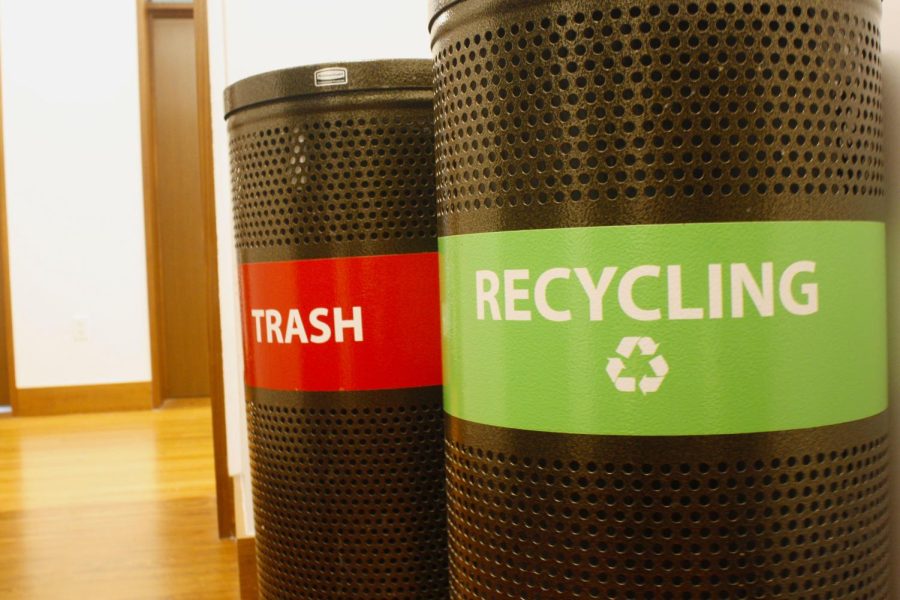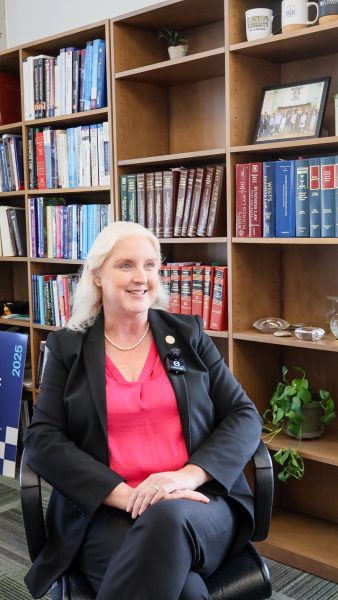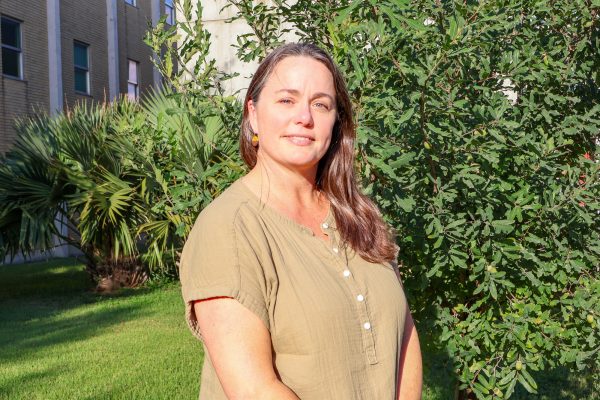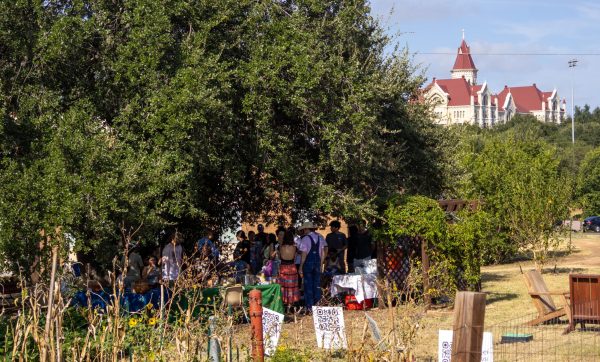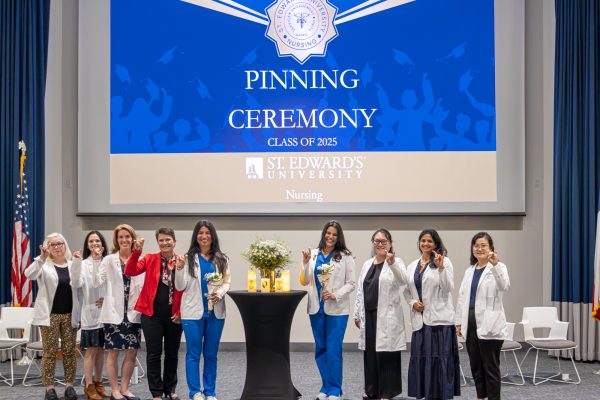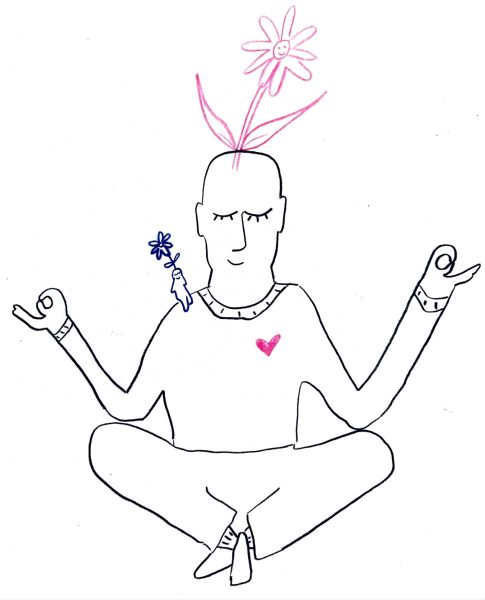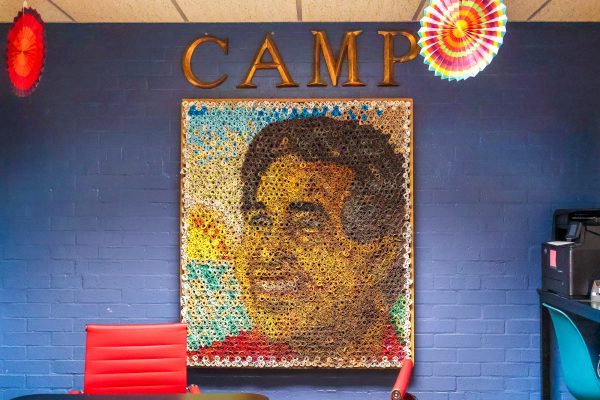Students for Sustainability collaborates with art program for Earth Week
Claire Lawrence / Hilltop Views
Bottles can be dropped off in the marked bins around campus, which are located near Community Building 1, Trustee Hall, St. Andre Apartments and Dujarie Hall.
Earth Week, which lasts from April 18 to April 24, is approaching, and Students for Sustainability (SFS) and Professor Alexandra Robinson’s art class are working together to create an interactive sculpture installation that exemplifies the week in a physical way. The installation will be on display on the Ragsdale Lawn from April 20 to April 27.
The plans for the installation were initiated by SFS, who is set to host a handful of Earth Week activities on campus. The main event they are planning is set for April 22 from 11 a.m. to 2 p.m. on the Ragsdale Lawn. SFS President Ethan Tobias says their plans for Earth Week have long been underway.
“We’ve been planning this for a while … we were seeing too many plastic bottles and other types of litter on campus, so we wanted to shed some light on the plastic waste that has been happening,” Tobias said.
After seeing a post on a St. Edward’s Arts and Humanities webpage last fall, Tobias knew that he wanted SFS to collaborate with the art program on a project for Earth Week. After reaching out to the art program in the middle of February, he moved to work on the logistics and approval of the project with the campus landscapers.
With the help and organization of multiple departments, there are now collection bins at different locations around campus, including in front of Community Building 1, on the Trustee Hall patio and next to the dumpsters between the St. Andre Apartments and Dujarie Hall. At the time of Tobias’ interview with Hilltop Views, he said there would also be bins added at the Hunt and Ragsdale dining halls. The bins are labeled with signs that say “plastic bottles only – students for sustainability.”
So far, more than 150 plastic bottles have been collected. According to Robinson, the art students in her installation class used that number of bottles to begin the planning stage of their process this past week. This is her third time teaching the class, and she hopes that the “material studies” that her students will be doing with plastic bottles in an outdoor setting will be a valuable learning opportunity.
“Installation art is immersive, and we’re always looking for opportunities for students to create their art in an environment beyond the classroom,” Robinson said.
However, she worries about working with plastic and wonders if the project would result in more microplastics entering the environment.
“Handling plastic is a potentially problematic thing to do because of the pollution, so it’ll be a good experience for students,” Robinson said. “It’s for us to become more aware of what we’re doing. ‘Do they make something beautiful, ugly or contemplative?’ That’ll be a valuable question for the students to play with.”


